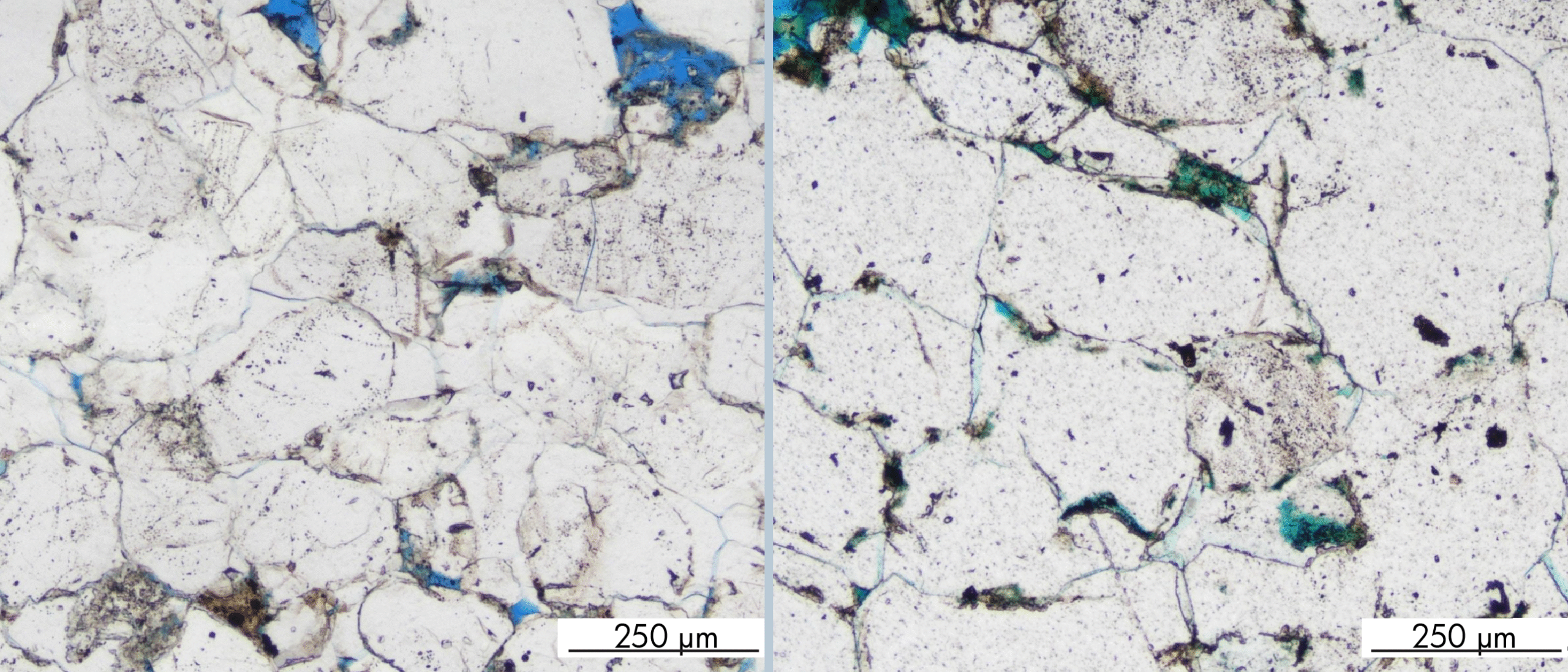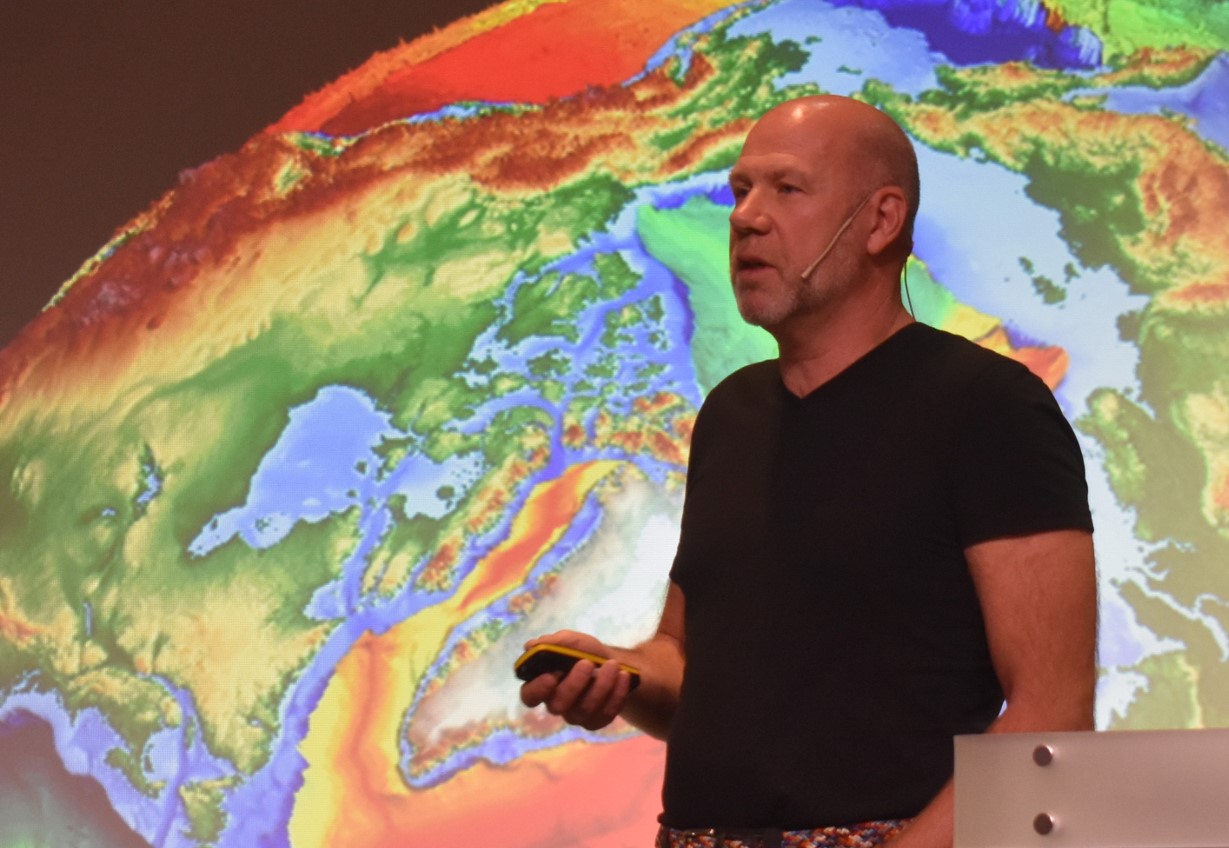This choice is driven by several factors, including the company’s exploration performance and appetite for risks and the market trading opportunities and conditions.
In any case, any individual company needs to strike a balance between exploring and buying.
WEPC has previously (GEO 03/ 2019) concluded that the «explore-and-sell» model is back in business. One of the key drivers is that market valuations of discovered resources are again above average finding costs, both based on “typical” or average estimates measured by USD/boe.
The opportunity for exploring is the estimated yet-to-find volume. For the NCS this is estimated by the NPD to 16 billion boe (or a range of 6 to 31 billion boe). A portion of this is already held in awarded acreage vs. open acreage, in recent years 20% of discovered volumes have been made in “older” acreage.
As an alternative to exploring, a company can add resources through acquisitions of interests in fields and discoveries. On the NCS, the resource base potentially available for this is around 28 billion boe. Of this Equinor and Petoro holds 31% and 26%, respectively, which is believed to have limited or no availability.
NCS Exploration Strategy, Stavanger, November 20-21, 2019

The volumes discovered vs. traded on the NCS each year are shown in the illustration below. Since 2012, the discovered volumes have been above 400 million boe per year (or 2.5% of NPD’s midpoint estimate for yet-to-find volume), whilst the annual traded volume has been around 330 millioon boe per year (1 to 3% of the total resources in fields and discoveries, depending on whether Equinor and Petoro is considered part of the available volumes). The traded volumes exclude company transactions where the assets are included in a company sale (for example Det norske/Aker BP buying Marathon, BP, and Hess; and Vår combined from Point and Eni).

Buying reserves through an interest in a producing field will have more certainty on remaining reserves, due to the past production history, and timing of future production, and upside from contingent resources, i.e. investments in not yet sanctioned projects. The Alvheim area fields acquired by Det norske/AkerBP in 2014 has increased reserves by 50% and Point’s purchase of the Balder area in 2017 has added 84% to the reserves at the time.
Buying fields that are under development has risk from less known subsurface and potential for time and cost overruns. Examples include Maria traded in 2011 and Edvard Grieg in 2012, where reserves have been down 60% and up 50%, compared to estimates at the time.
Buying resources in discoveries that have not been fully appraised or sanctioned for development have risks associated with the costs and time for further appraisal, which are often underestimated, and the outcome of this, e.g., volumes can become larger or smaller, and the timing of a possible production start-up. However, non-sanctioned discoveries have the benefit of real option values, i.e. the timing of an investment decision can be made or avoided, depending on the outlook for oil prices, costs and technology.
Exploration has similar risks (and upsides) as the above, but in addition, risks of getting into the right exploration licence, deciding on exploration drilling and most importantly, the chance of making a commercial discovery, ideally of significant size.
In conclusion, the strategy for adding resources has multiple drivers. Each company needs to have its own strategy based on its own priorities and targets and need to strike the right balance between exploring and buying.
ANDERS WITTEMANN
Wittemann E&P ConsultingAn




